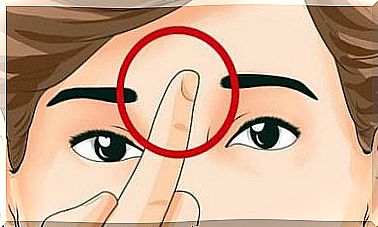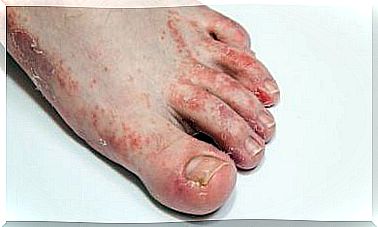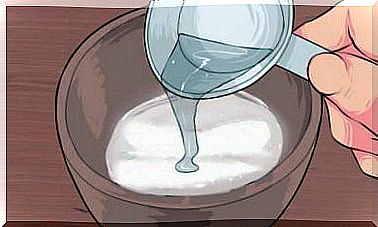What Is The Meckel Diverticulum?
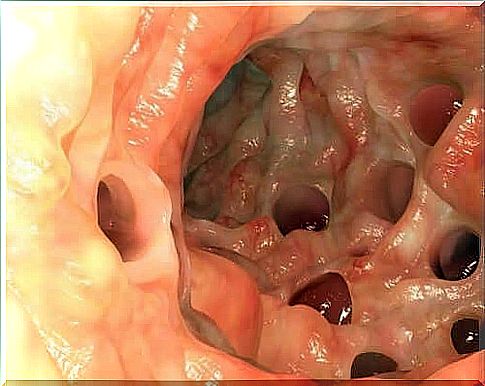
What is the Meckel diverticulum? This is a birth defect of the gastrointestinal tract. It is caused by a change in embryonic development between the fifth and seventh week of gestation.
The incidence of this problem is between 0.3% and 3%. On average, only 2% of the population has Meckel’s diverticulum, and symptoms occur in approximately 5% to 7% of patients. Therefore, most cases are asymptomatic.
This problem was first described by Johann Friedrich Meckel in 1809. It has the same incidence in men and women. However, complications are three to four times more common in men. Most often, Meckel’s diverticulum is diagnosed in children, not adults.
What is the Meckel diverticulum?
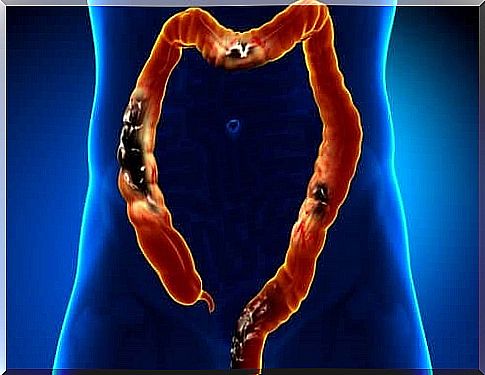
Meckel’s diverticulum is a small swelling that develops in the small intestine of some people. During embryonic development, the proenterone communicates with the yolk sac through a channel called the yolk sac.
As the embryo develops, both the yolk sac and the proenterone disappear. However, in the case of a small percentage of the population, it remains a residue of the yolk canal.
Sometimes Meckel’s diverticulum has a small duct. It is the omphalomesenteric canal, a fibrous cord that connects the diverticulum and the umbilicus.
In rare cases, an umbilical fistula or yolk sac cyst appears. The umbilical fistula is a direct communication between the intestines and the umbilicus, which generates the passage of stools through the umbilicus. A double yolk sac is a swelling below the navel.
Features of the Meckel diverticulum
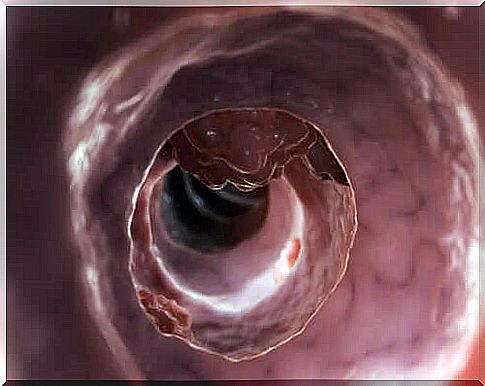
The Meckel diverticulum consists of the same three layers that make up the small intestine. These are mucous membranes, submucosa and muscular mucous membranes. We are talking about a true diverticulum if it has three layers, since the false diverticulum has only the first two layers.
The Meckel’s diverticulum is located at the antimedesenteric border of the ileum and is usually between 5 and 10 cm long. It can reach a diameter of 2.5 cm. It is generally irrigated by a remnant of the vitelline artery or upper mesenteric artery.
Also, the Meckel diverticulum most commonly has remnants of the ectopic gastric mucosa, colon, pancreas and duodenum, hepatobiliary tissue and also the Brunner glands. In addition, it often has one end of endometrial tissue.
Manifestations of the disease
Meckel’s diverticulum can cause complications, usually in the early years of childhood. In 60% of cases, the disease occurs before the age of ten. However, people with symptoms have a risk of complications of between 4% and 6%.
Bleeding is the most common complication. Experts usually associate it with peptic ulcer of the gastric mucosa. It usually manifests at the age of two, and the symptoms are painless bloody stools. Another common complication is abdominal pain.
About 20% of patients develop diverticulitis, which cannot be clinically differentiated from appendicitis. Intestinal obstruction occurs in 40% of cases. Between 0.5% and 3.2% of patients develop tumors; however, they are largely benign.
Other interesting aspects
Meckel’s diverticulum is difficult to diagnose because it has symptoms similar to many other diseases. Therefore, doctors often require numerous tests to confirm the diagnosis, such as a colonoscopy, an abdominal scan, or a capsule-free endoscopy.
If there is bleeding or intestinal obstruction, surgery may be performed to remove the diverticulum. The surgery allows the specialist to remove it, along with the intestinal areas that surround it. This is done through traditional or laparoscopic surgery.
Surgery as a treatment for Meckel’s diverticulum is very safe and rarely has complications. Most patients recover completely after surgery and never suffer from this problem again.

